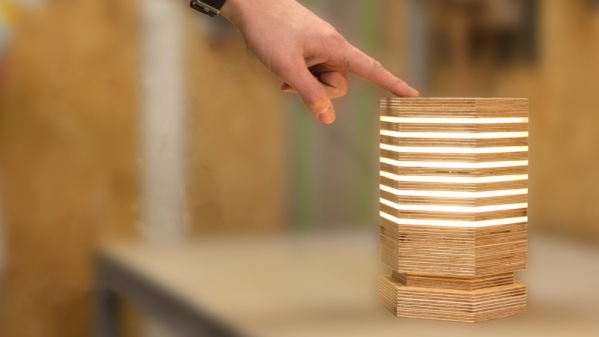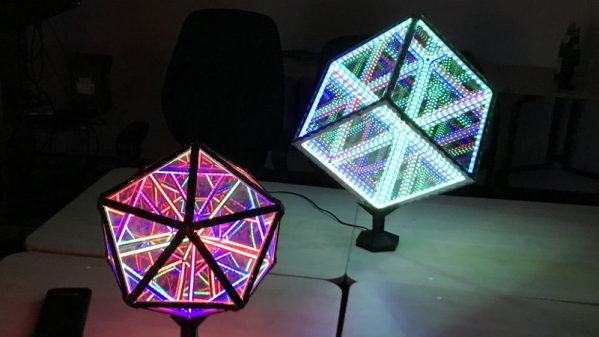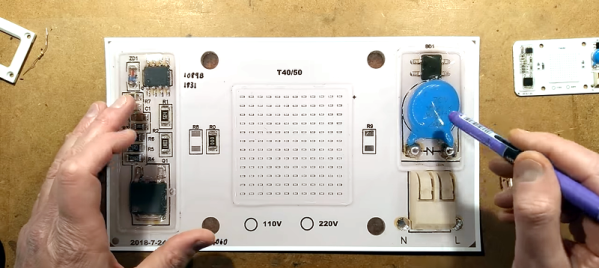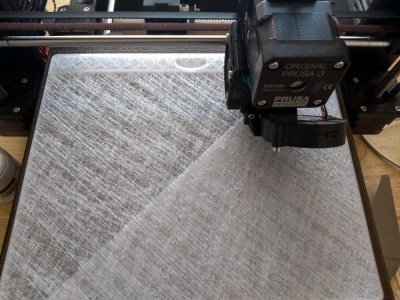Lamps are useful things, and can be a great way to add style and lighting options to a room. Where overhead lights have to provide enough illumination for all manner of tasks, a subtle table lamp can add a nice moody glow to a room when it’s time to kick back and relax. Oftentimes, a stylish lamp can be let down by having a run of the mill plastic switch hanging off the power lead, but it doesn’t always have to be the case. [Emiel] designed this hexagonal lamp with a hidden switch, which works remarkably well.
[Emiel] starts by laying out hexagonal paper templates on plywood and perspex sheet. The plywood is cut on the bandsaw, while the interior cuts on the perspex are made on a scroll saw to avoid unsightly cut entry lines. The outer half of the lamp slides up and down on a pair of steel rods. Springs hold the outer half up, and it can be pressed down to activate a switch inside to turn the lamp on and off.
The build has a clean and attractive aesthetic, with the LEDs hidden inside, glowing through the perspex slices built into the body. It looks like something you’d find in the rooms at the Tranquility Base Hotel & Casino. If regular lamps aren’t enough for you, however, you could always consider building something interactive. Video after the break.
Continue reading “Hexagonal Lamp Is A Stylish Application Of Plywood”



















